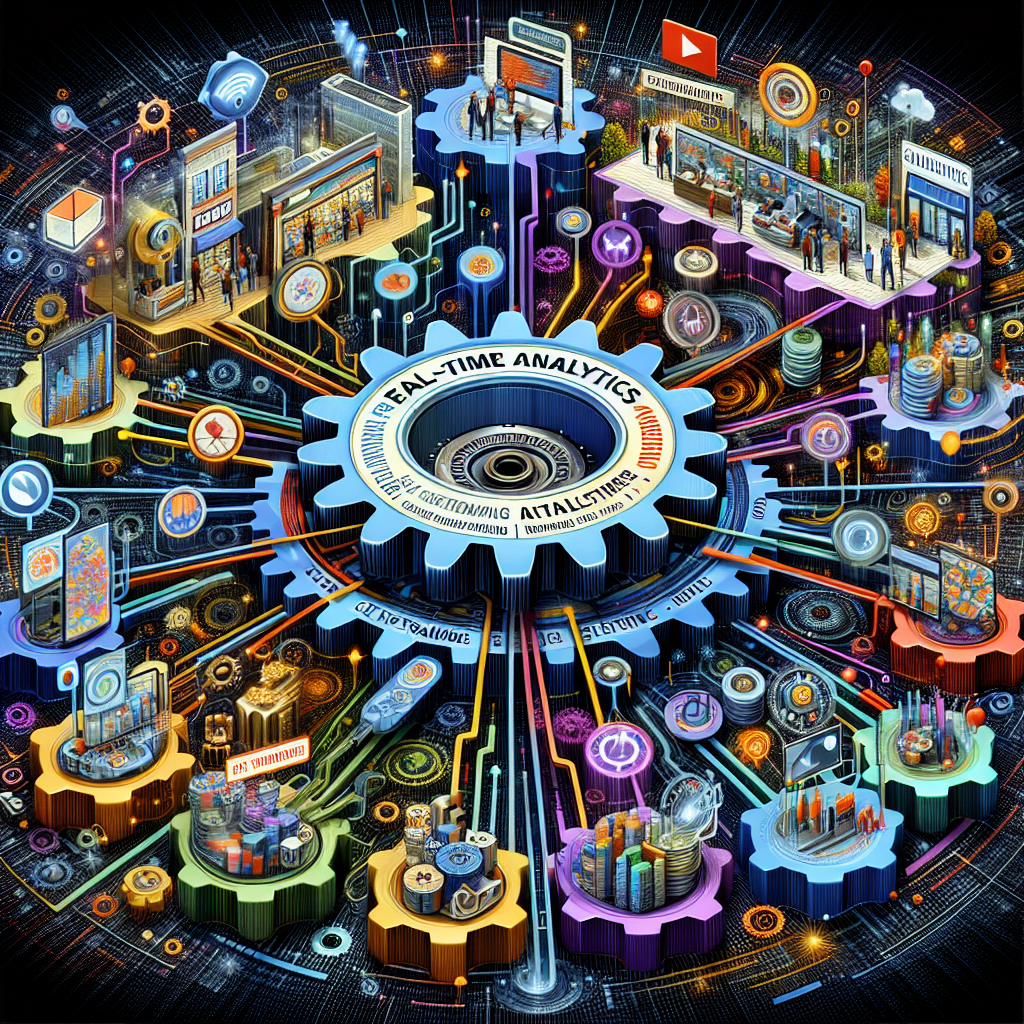The rapid evolution of technology has amplified the need for real-time analytics, a focus area where companies are making significant strides using Big Data. Companies like Netflix and Amazon have been leveraging real-time analytics to enhance their customer experience and optimize their operations.
Big Data has become essential for organizations striving to stay competitive. By utilizing real-time analytics, businesses can gain insights almost instantaneously, allowing for agile decision-making processes. The capabilities of real-time data processing can not only enhance customer relations but also enable businesses to predict market trends, intervention points, and potential disruptions more accurately.
One of the most notable successes in using real-time analytics is seen in the retail sector. Companies like Zara have set precedence by using real-time data to monitor consumer preferences and adjust their inventory appropriately. This dynamic approach has resulted in increased sales and a more tailored shopping experience for consumers.
Additionally, financial services providers use real-time analytics to combat fraud. Credit card companies such as Visa have integrated machine learning algorithms that process enormous datasets to detect anomalies and suspicious activities, thereby safeguarding consumers and cutting down fraudulent transactions.
In my work experience with firms such as Deloitte and EY, I've noticed that many clients are transitioning from traditional batch processing systems to more agile, real-time ones. This shift often involves the integration of event streaming platforms like Apache Kafka, which facilitates the continuous flow of data across organizations.
Moreover, the healthcare industry is tapping into these possibilities. Hospitals and healthcare providers can use real-time analytics to monitor patient vitals through various IoT devices, providing invaluable data that allows healthcare professionals to react swiftly during critical situations.
While the advantages are numerous, there are associated challenges, primarily concerning data security and privacy. As organizations assimilate real-time data into their operations, it is imperative for them to incorporate stringent data governance frameworks. In today's data-driven world, where information is powerful, safeguarding that information is just as important as its analysis.
Furthermore, ensuring seamless integration between current IT infrastructure and real-time analytics platforms remains a formidable challenge for many enterprises. Building scalable systems that can process large volumes of data without compromising speed or accuracy is critical. Collaboration between data scientists, IT professionals, and business leaders is essential in overcoming these obstacles to harness the full potential of real-time analytics.
Estimated reading time: 2 minutes, 3 seconds
Emerging Trends in Big Data for Real-Time Analytics Featured
 Explore how real-time analytics powered by Big Data is revolutionizing various industries like finance and healthcare. Discover the challenges and benefits of integrating real-time analytics into business operations.
Explore how real-time analytics powered by Big Data is revolutionizing various industries like finance and healthcare. Discover the challenges and benefits of integrating real-time analytics into business operations.
Latest from BDA Tech Brief
- The Rising Importance of Data Governance in Big Data Analytics
- The Rise of Graph Databases: Transforming Big Data Analytics
- Revolutionizing Retail: How Big Data is Transforming the Shopping Experience
- The Rise of Predictive Analytics: Shaping Business Strategies with Data
- Navigating the Big Data Revolution: Current Trends and Insights
Most Read
-

-
Mar 11 2019
-
Written by Danielle Loughnane
-
-

-
Oct 26 2018
-
Written by Kim Del Fierro
-
-

-
Aug 26 2019
-
Written by Danielle Loughnane
-
-

-
Jan 13 2019
-
Written by Danielle Loughnane
-











